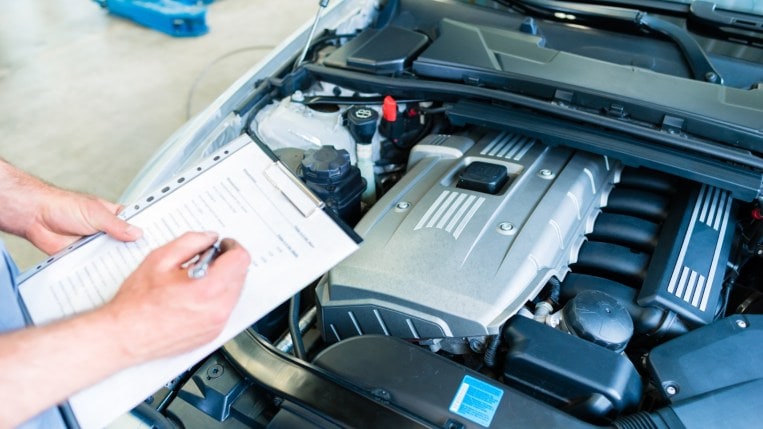
The numbers come from a Cox Automotive analysis of Xtime metrics, which track repairs at car dealerships. Cox Automotive is the parent company of Kelley Blue Book.
The volume of repair orders fell 6% during July. That extends an existing trend that has lasted most of 2022.
What’s new is that the average cost of repairs also fell, by about $4. That figure now sits 10.5% lower than it did one year ago.
Why? Cox Automotive Chief Economist Jonathan Smoke says the problem isn’t lack of demand for repairs — it’s the limited ability to make them.
“Technician shortages limit capacity, and at the same time ongoing supply chain issues are impacting the delivery of some parts,” Smoke says. That’s creating wait times for drivers who need repairs.
Today’s cars last longer than ever. The average car on America’s roads is now 12.2 years old, but they’re also more complex and more expensive to repair. Windshield replacement, for example, is a reasonably affordable repair when windshields are simple glass. But some of today’s windshields, embedded with rain sensors and reflectors for head-up displays, can cost more than $1,500 to repair.
That is, if a dealership has the parts and labor to repair it. “In speaking with dealers,” Smoke says, “I am hearing that this unexpected decline in service appointments…is likely related to their own capacity and labor challenges.”
Even getting a loaner car to use while yours is in the shop has grown challenging, he says. “That may be creating an additional inconvenience. Consumers may be delaying service and repair appointments, hoping the situation will improve in the future.”







